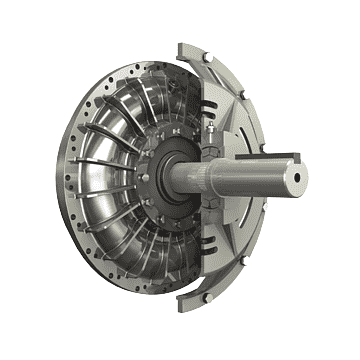Advantages and Disadvantages of Fluid clutch:
What is a Fluid Clutch:
A fluid clutch is a mechanism that converts the rotation of the crankshaft into motion for transmission. It is commonly used in the vehicle industry to convert mechanical power into electrical energy to charge electric batteries and can also be used to transfer energy from one device to another. The purpose of the fluid clutch is to allow for efficient and smooth changes between gears or ratios without having to wait for the input shaft, often called a “driveline” (e.g., automotive transmissions), to rotate completely around its axis before shifting into another gear.
Advantages of Fluid Clutch:
A fluid clutch is a great transmission because it’s easy to drive and can be adjusted easily.
It also has a smooth-shifting,
The clutch lever itself is also designed in such a way that it doesn’t get in the way when changing gears. This makes it very convenient for the driver as well as other people sitting behind the steering wheel.
Due to smooth-shifting, it does not create any sudden jerks while changing gears.
It does not produce any vibrations.
It does not produce any sounds at power transmission.
Disadvantages of Fluid Clutch:
Fluid clutches wear out over time and need to be replaced at regular intervals. This adds up to an additional cost when compared with manual transmissions.
Fluid clutches require regular maintenance and oil changes in order to keep them running smoothly and efficiently.
Another disadvantage is that they’re expensive compared with manual transmissions but this should not deter you from buying one if you want a better driving experience than ever before.
Applications of Fluid Clutch:
Applications of fluid clutches are widely used in different industries like automobile, marine, agriculture, mining, and many more. Fluid clutches are mainly classified as planetary or roller types depending on the arrangement of their parts.
In aircraft engines, all-synchro and synchromesh transmissions use a fluid mechanism called an oil pump which drives oil through the center bearings of the transmission’s gear set(s).



